What types of feeders are best? Where can I get them? If I can’t get them, can I build them? These are all questions that pass through the heads of many new bird watchers who have decided that they want to attract birds to their very own gardens. I wrote this post to help answer some of these queries.
First, let me start with one important fact: habitat is essential. And it’s true. Will a nuthatch come to a yard with no trees, or a duck to one with no water? Unlikely. Birds need food, but they also need shelter. You can provide both. By planting trees and shrubs around your garden, you can attract a large variety of birds within a short period of time. 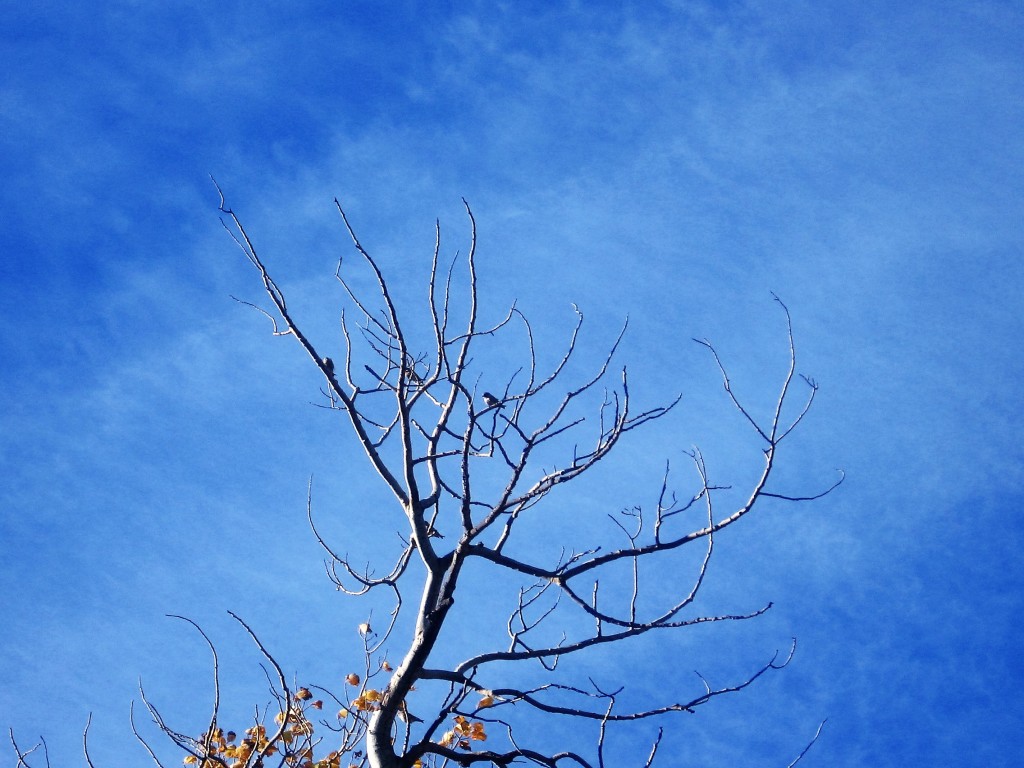 Hawthorns, mountain ash, and crab-apple trees are excellent sources of food for thrushes, and other birds as well. For shrubs, the best you can provide are probably Honeysuckle, Juniper, and Barberry. Having some tall pines is also good, as they provide plenty of shelter, and the cones can bring in siskins and cross-bills. I don’t claim to be a botanist, but that is my humble opinion.
Hawthorns, mountain ash, and crab-apple trees are excellent sources of food for thrushes, and other birds as well. For shrubs, the best you can provide are probably Honeysuckle, Juniper, and Barberry. Having some tall pines is also good, as they provide plenty of shelter, and the cones can bring in siskins and cross-bills. I don’t claim to be a botanist, but that is my humble opinion.
Now I come to the feeders themselves. There are two general favorite feeders, and they are the hanging feeder, which comes in many forms, and the platform feeder. The hanging feeder has a few basic designs: the tube feeder, which is best used for sunflower seeds, the house, which can effectively work with most seeds, and the rounded, which is sort of like a tube feeder, but more squat, and wider.
The tube:
Finches love this feeder, and other birds are not afraid to use it. It is a good feeder, and can feed multiple birds at once. 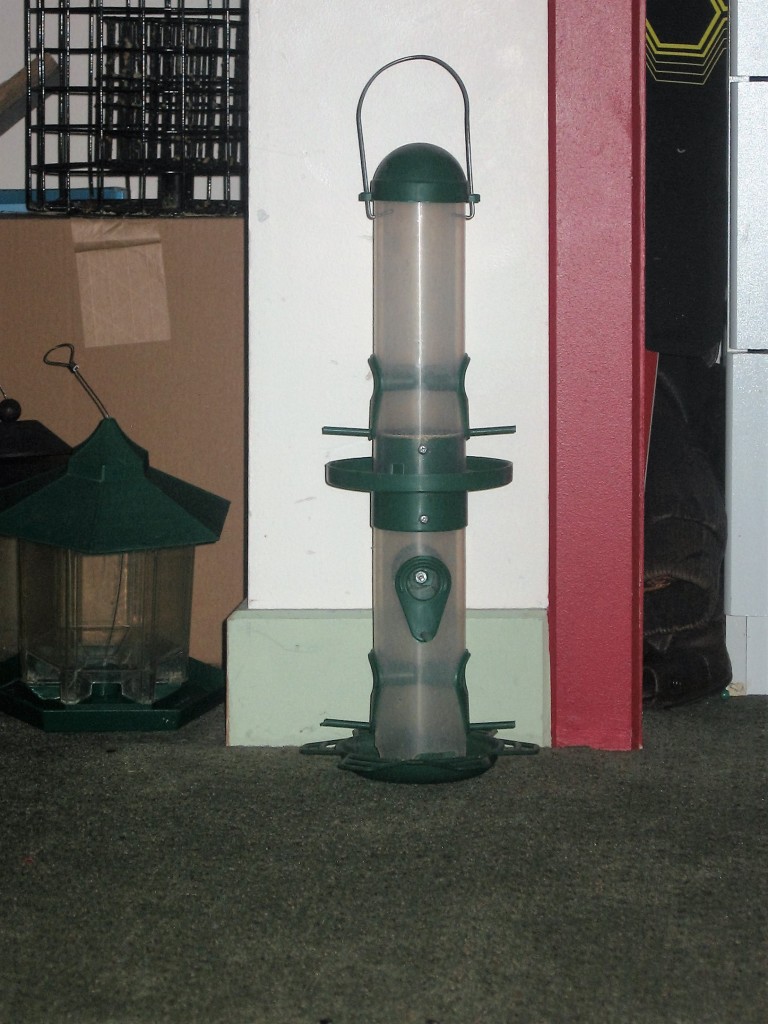 I would advise buying these, as they are extremely difficult to create on your own. Sunflower seeds work best in here, but any type of large seed will satisfy.
I would advise buying these, as they are extremely difficult to create on your own. Sunflower seeds work best in here, but any type of large seed will satisfy.
Next, the house feeder. I do not actually posses one of these feeders, but I know that they are decent all-round feeders – almost anything will use them! Northern Cardinals, Pine Grosbeaks, Mountain Chickadees, Red and White-breasted Nuthatches, the list goes on. Any type of seed goes in and comes out as quickly as the birds can eat it.
And finally, the rounded: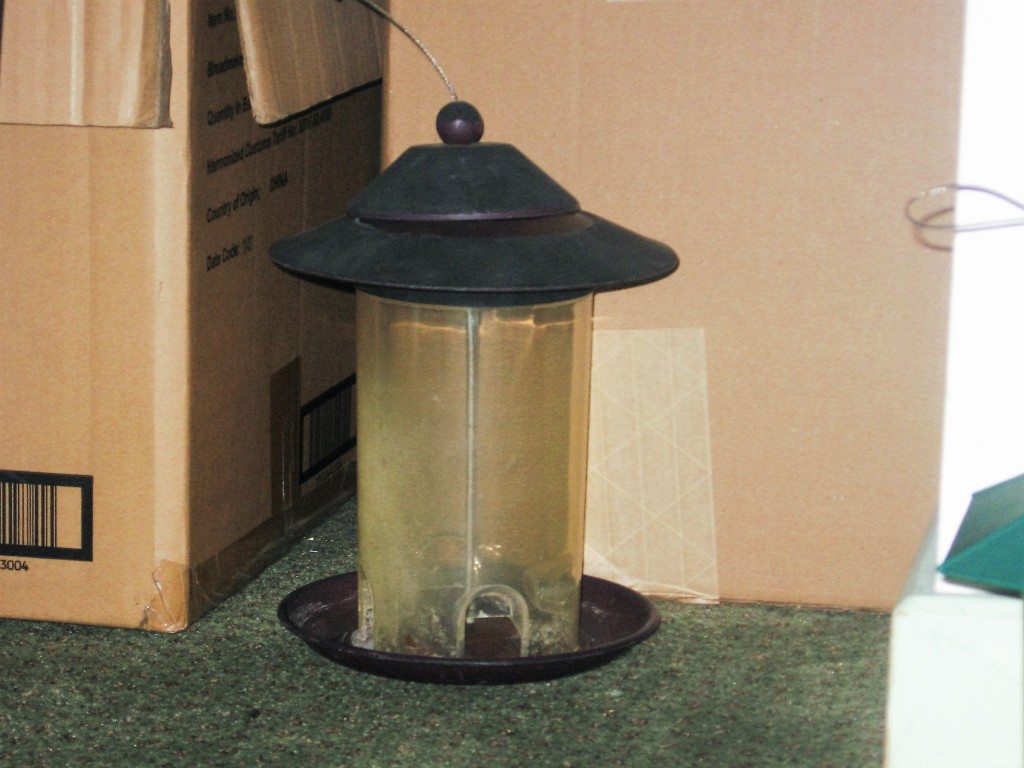
Woodpeckers up to the size of a Northern Flicker eat from here, along with Grosbeaks, Siskins, Redpolls, Chickadees, and others. All seeds work, and all seeds work well. If you are looking for a single feeder, this would be the best to get.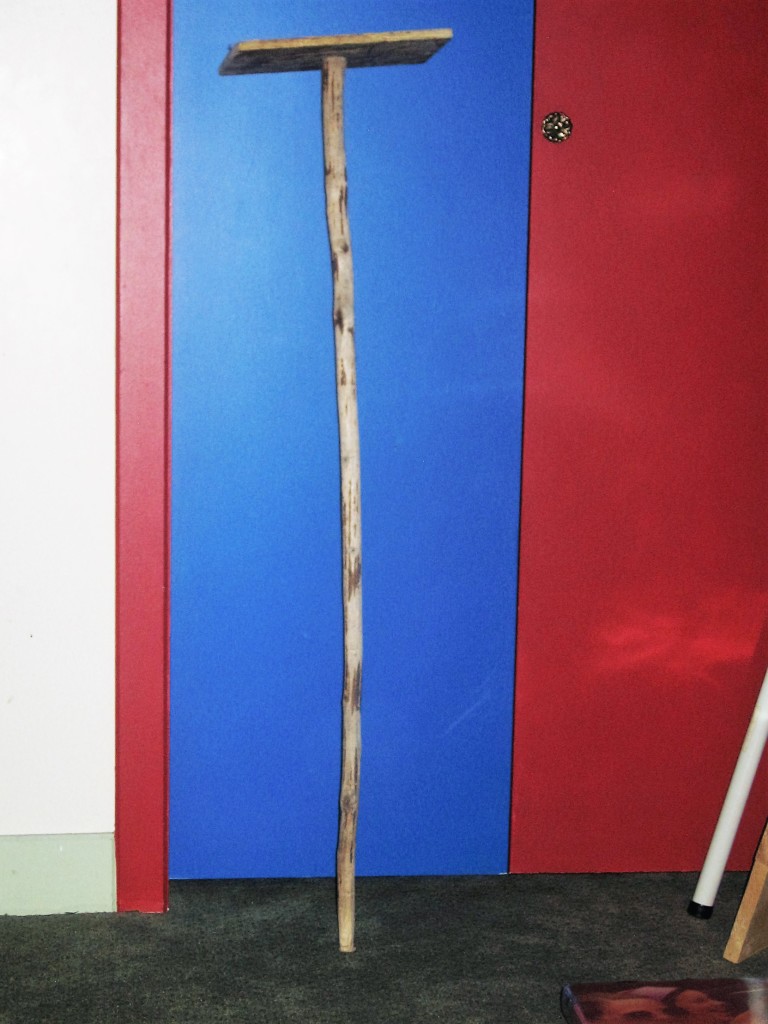
What about platform feeders? There is really only one basic formula for these. If you want to make yours, make a platform. It’s simple – drive a single nail through a piece of thinnish wood and into a pole, which you stick in the ground. Simple, really, but there are so many add-ons. You can put a house feeder on top, or bumps on the edges to keep seed from falling off. You can add squirrel baffles, roofs, and perches. Do what ever you like!
I didn’t mention suet. It is one of the other favorite foods. This is where the build-it-yourself type of people should start paying attention. Suet feeders can be made out of nearly everything. Drill some holes into a small log, or fill an old onion bag with this mix. There are store bought suet feeders, and store bought suet can fill them. You can fit suet into everywhere. Be creative!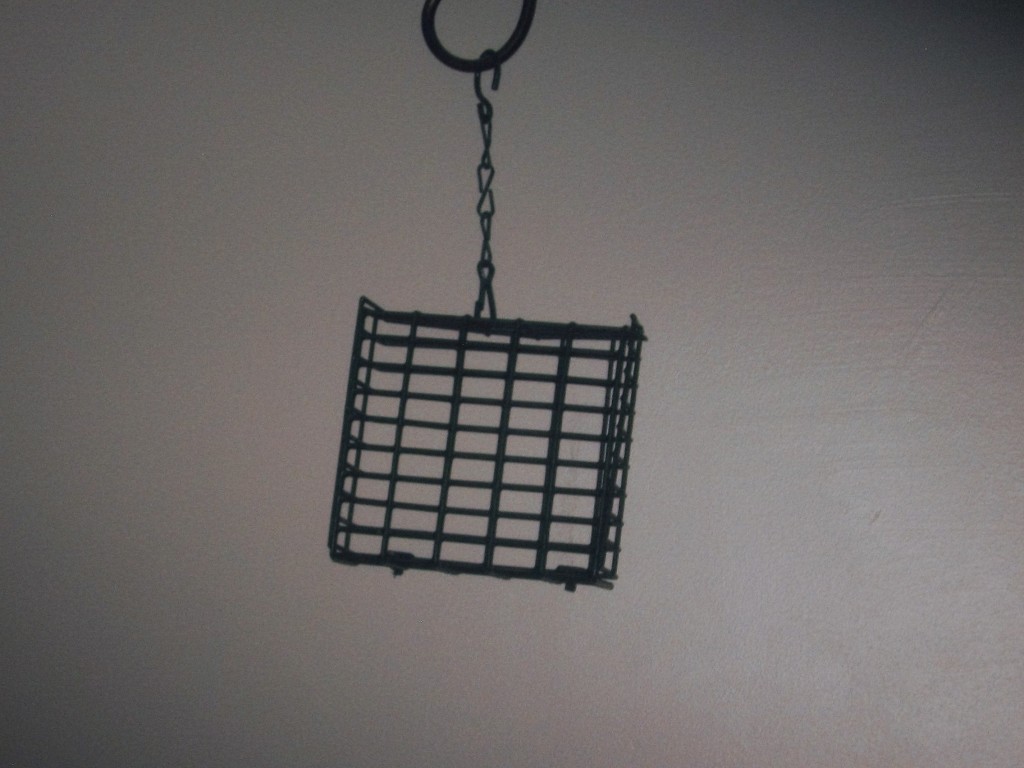
You can make your Suet as well, but I’ve never tried it, so here is a link to Back Yard Bird Watcher’s recipes.
And then you can choose how to make your own designs. When I was younger, I turned an umbrella upside down, and filled it with pine-cones and seeds. It actually worked! You can get birds simply by spreading feed on the ground. If you have a high up deck, fasten in some trees, and hang feeders off the branches. I do it, and it lets you get plenty of good views of the birds that come to your yard.
Good luck!
Cool!
I might post about that in another post.
Very well-written and informative, Ethan, thank you! I have a recipe for suet, as well, if you’d like me to share.